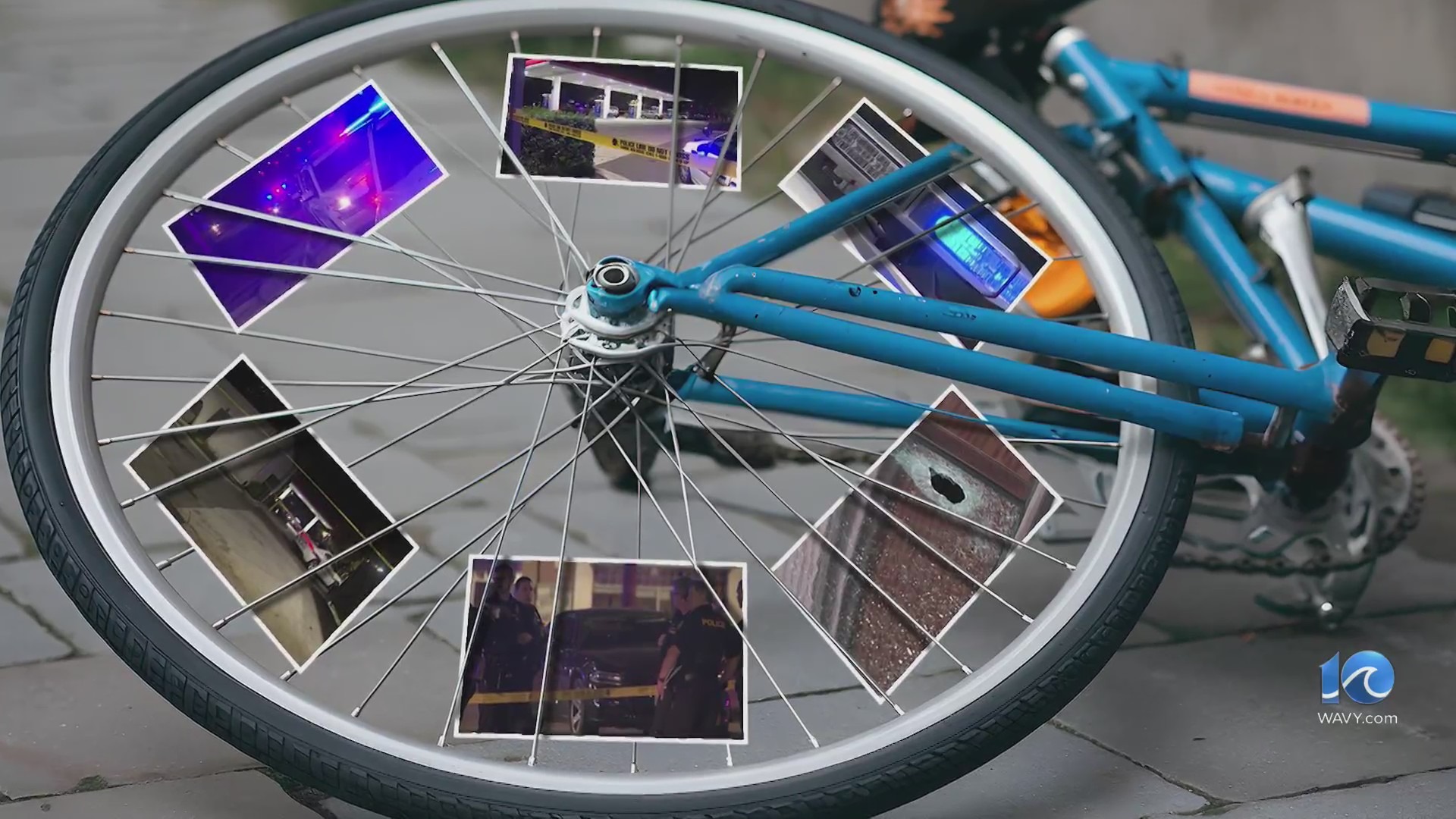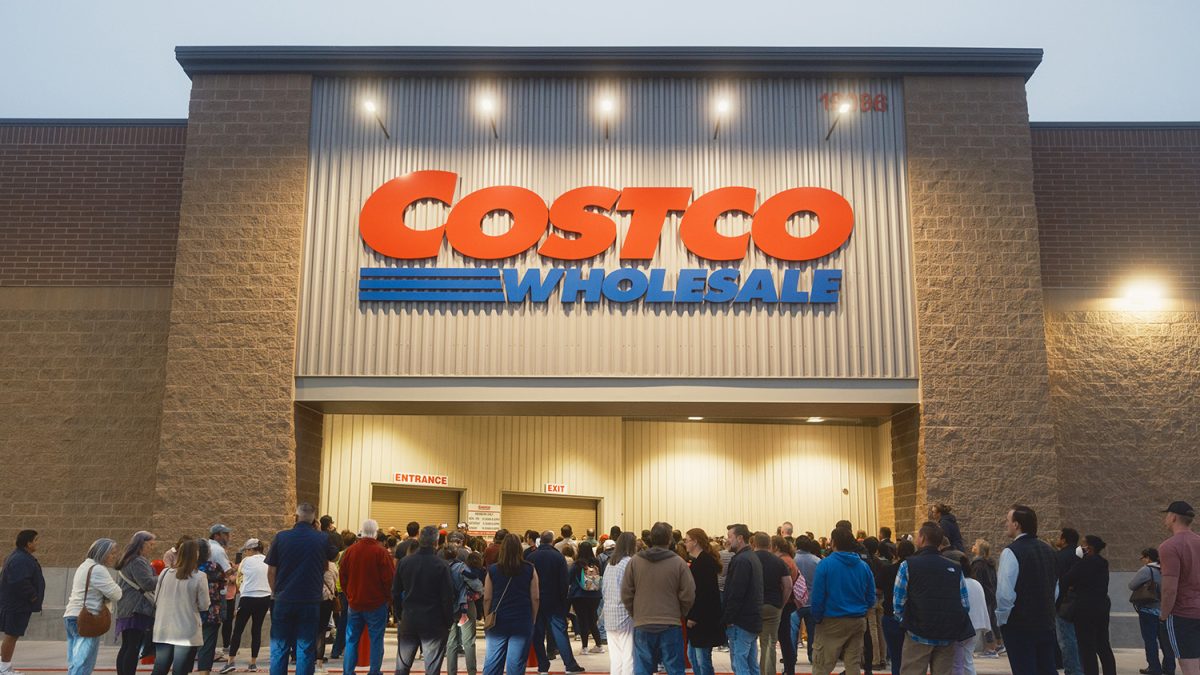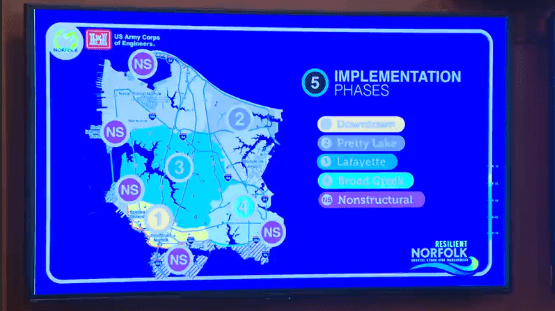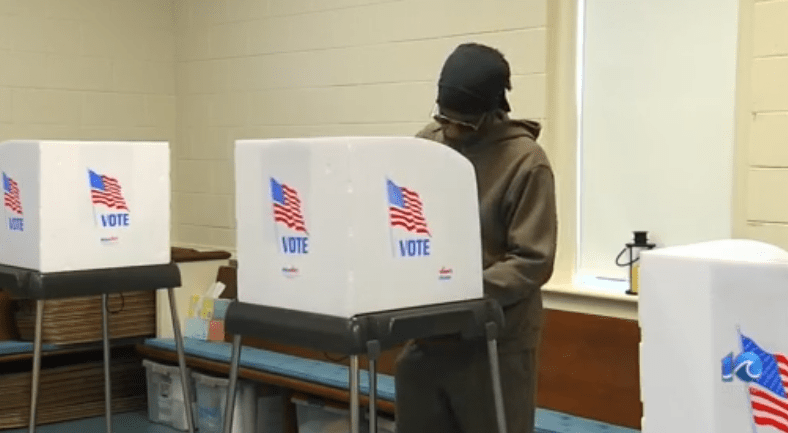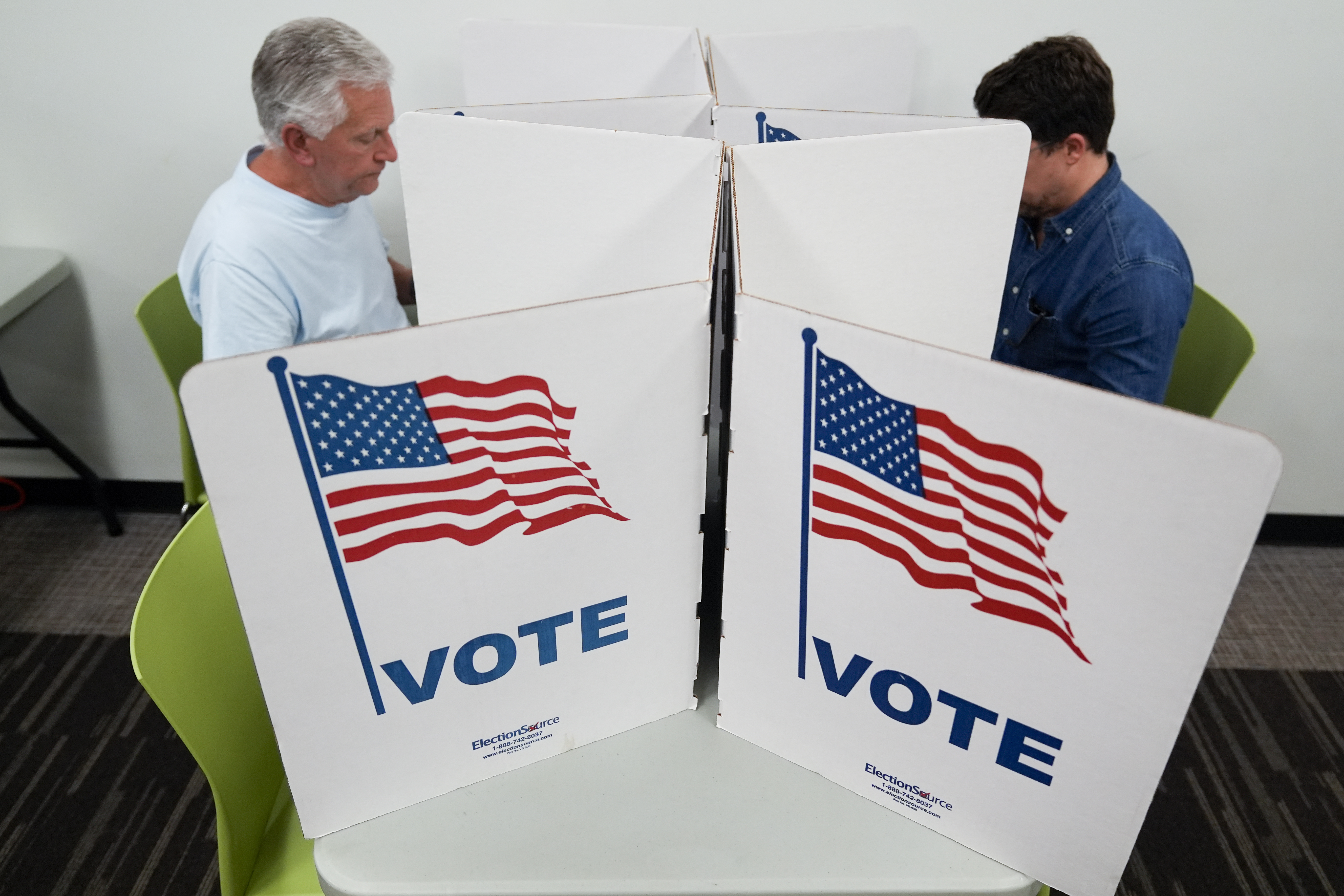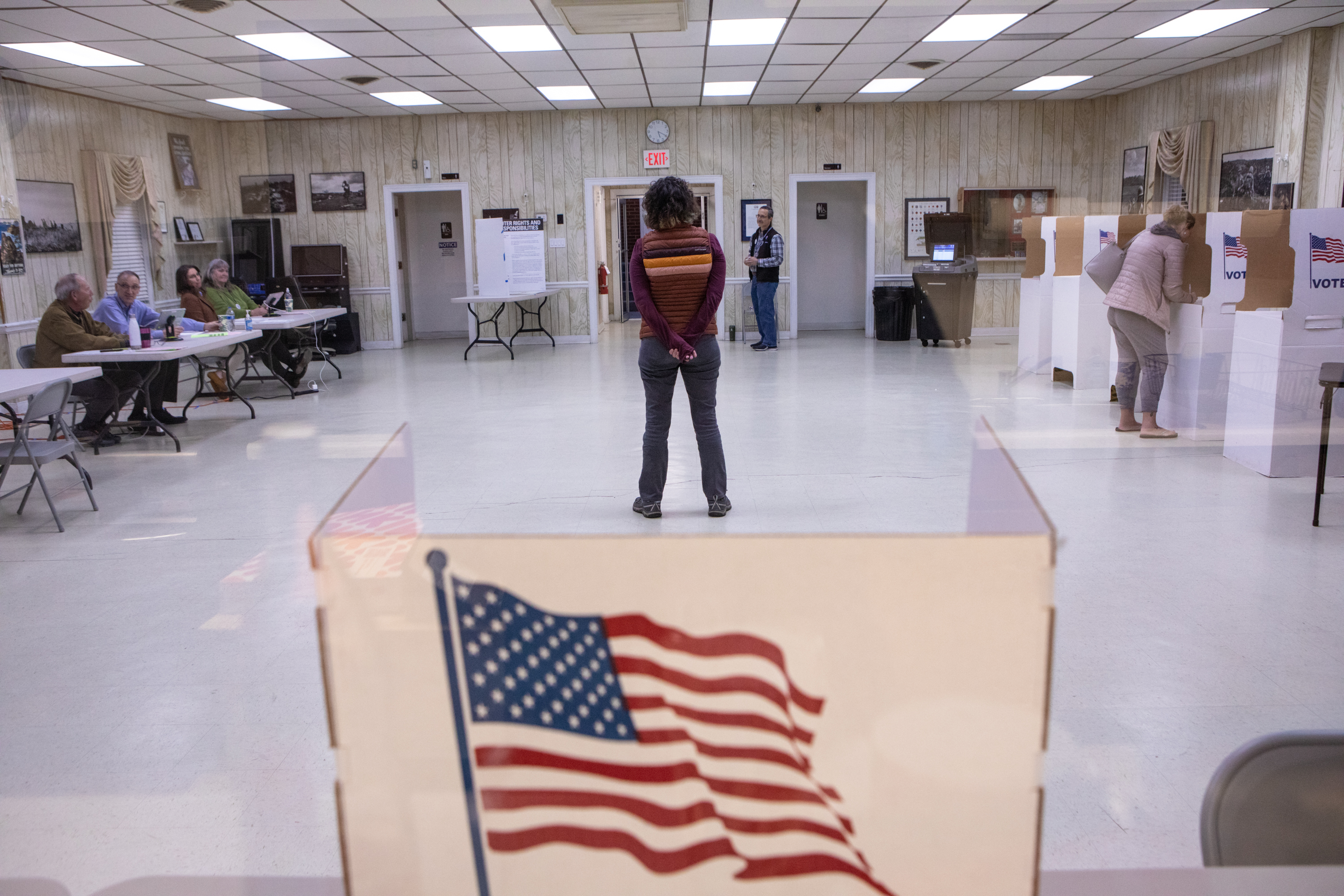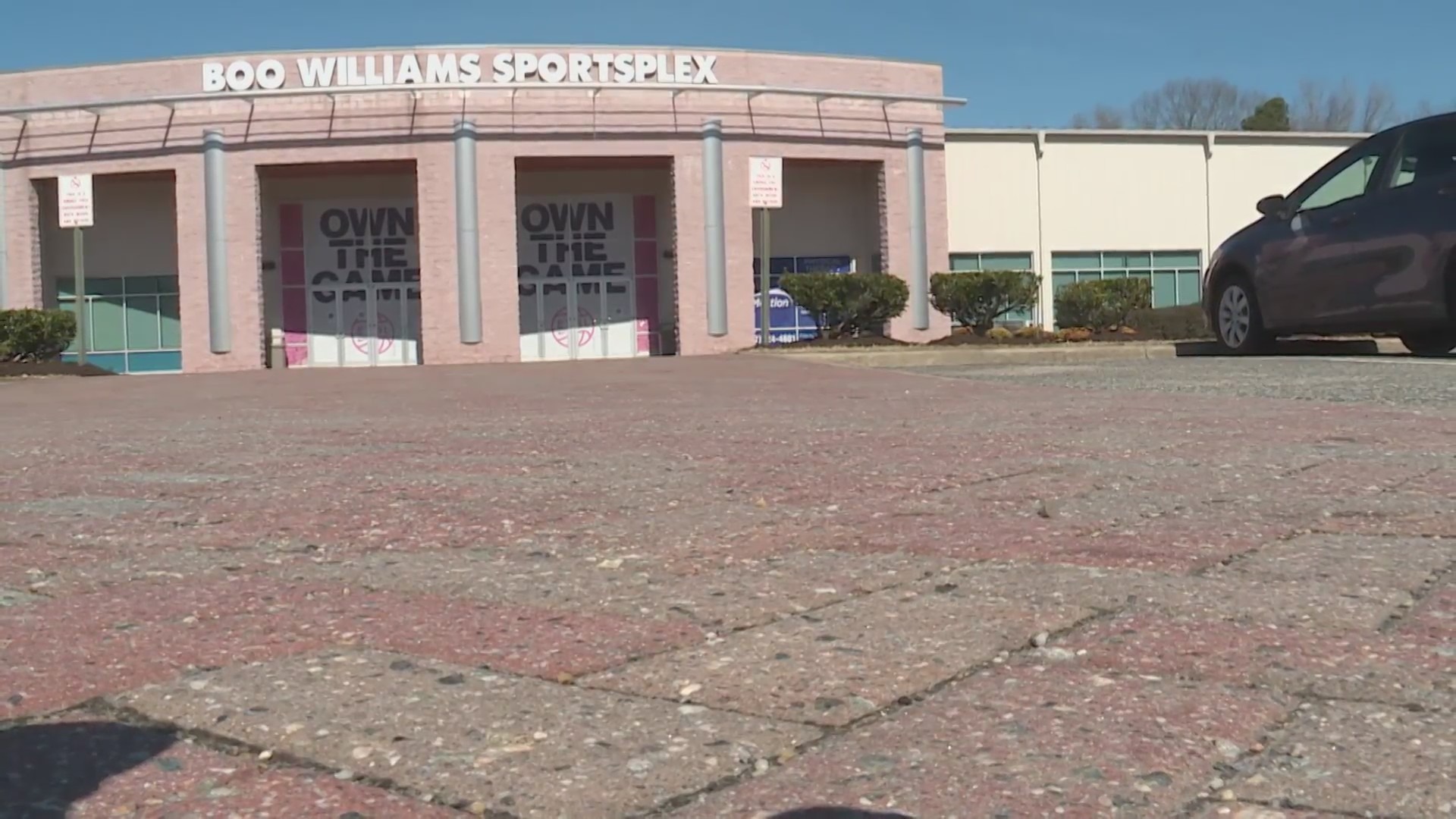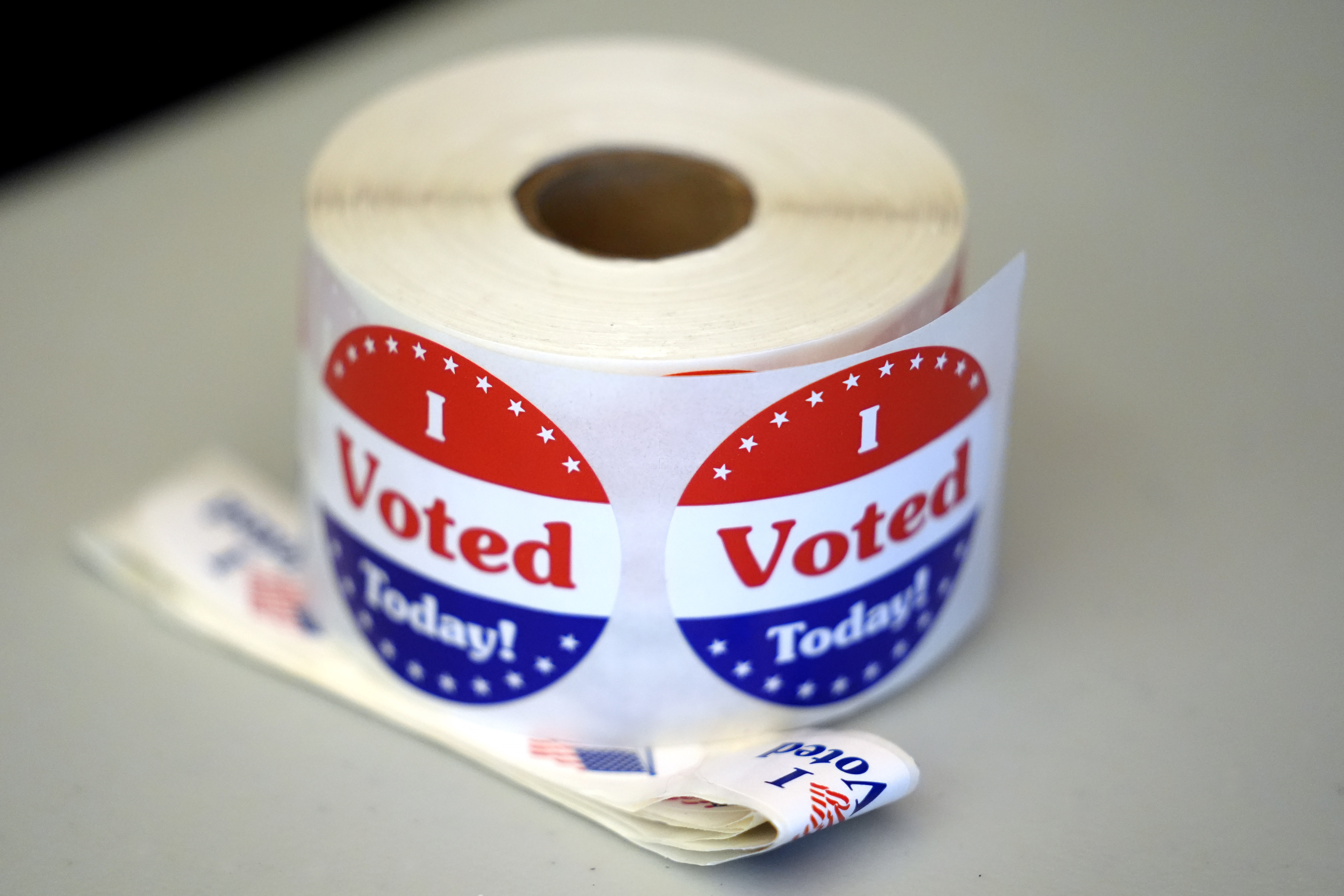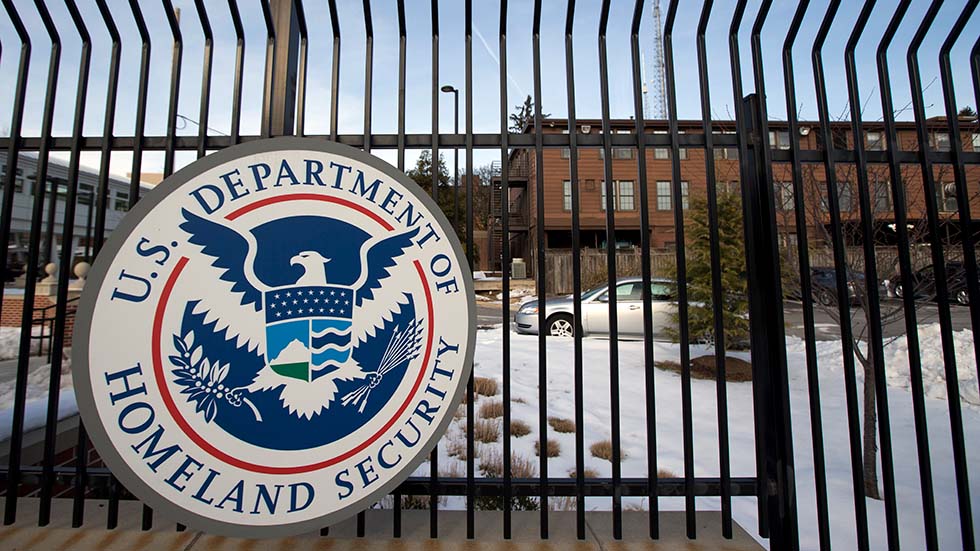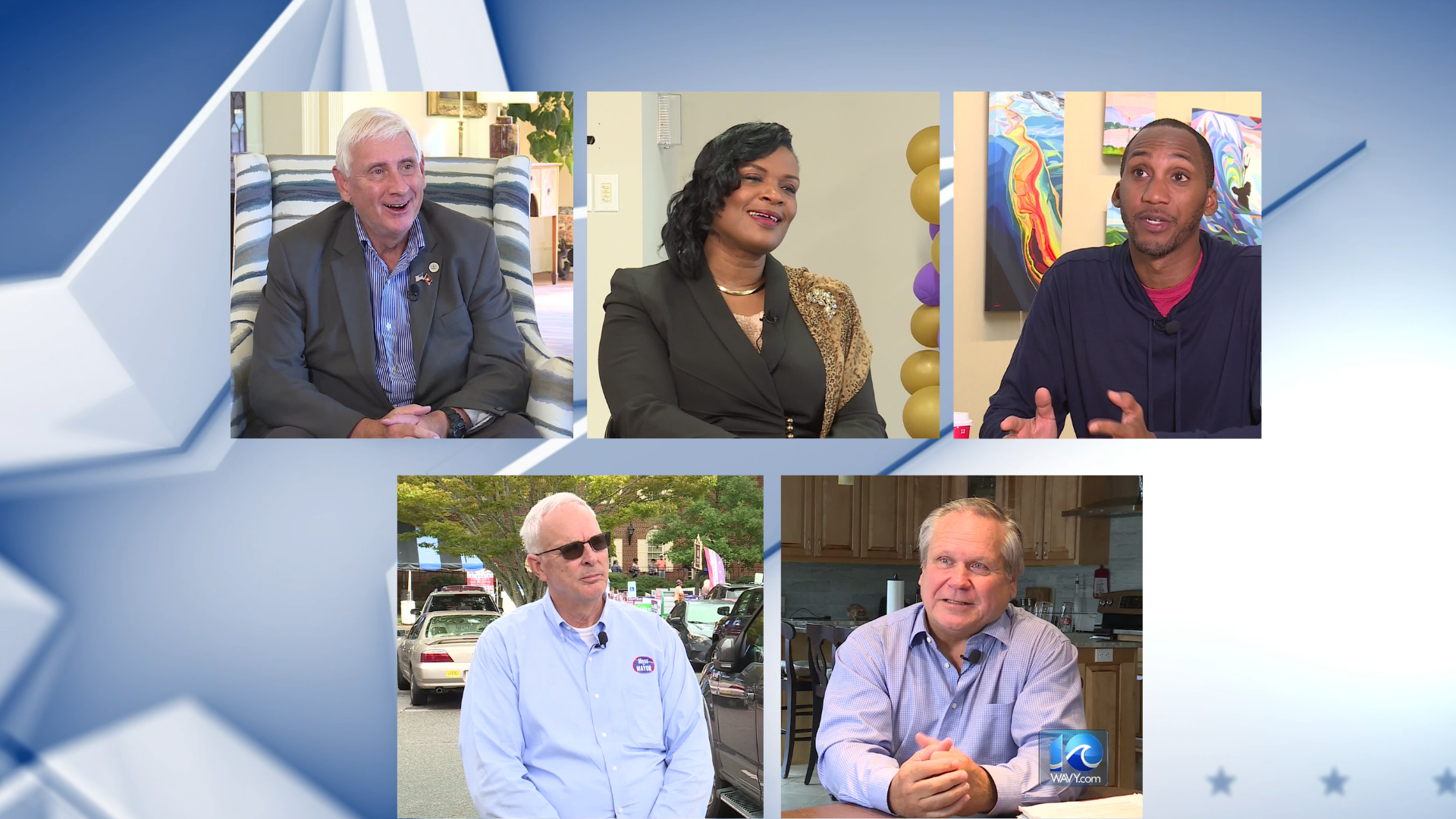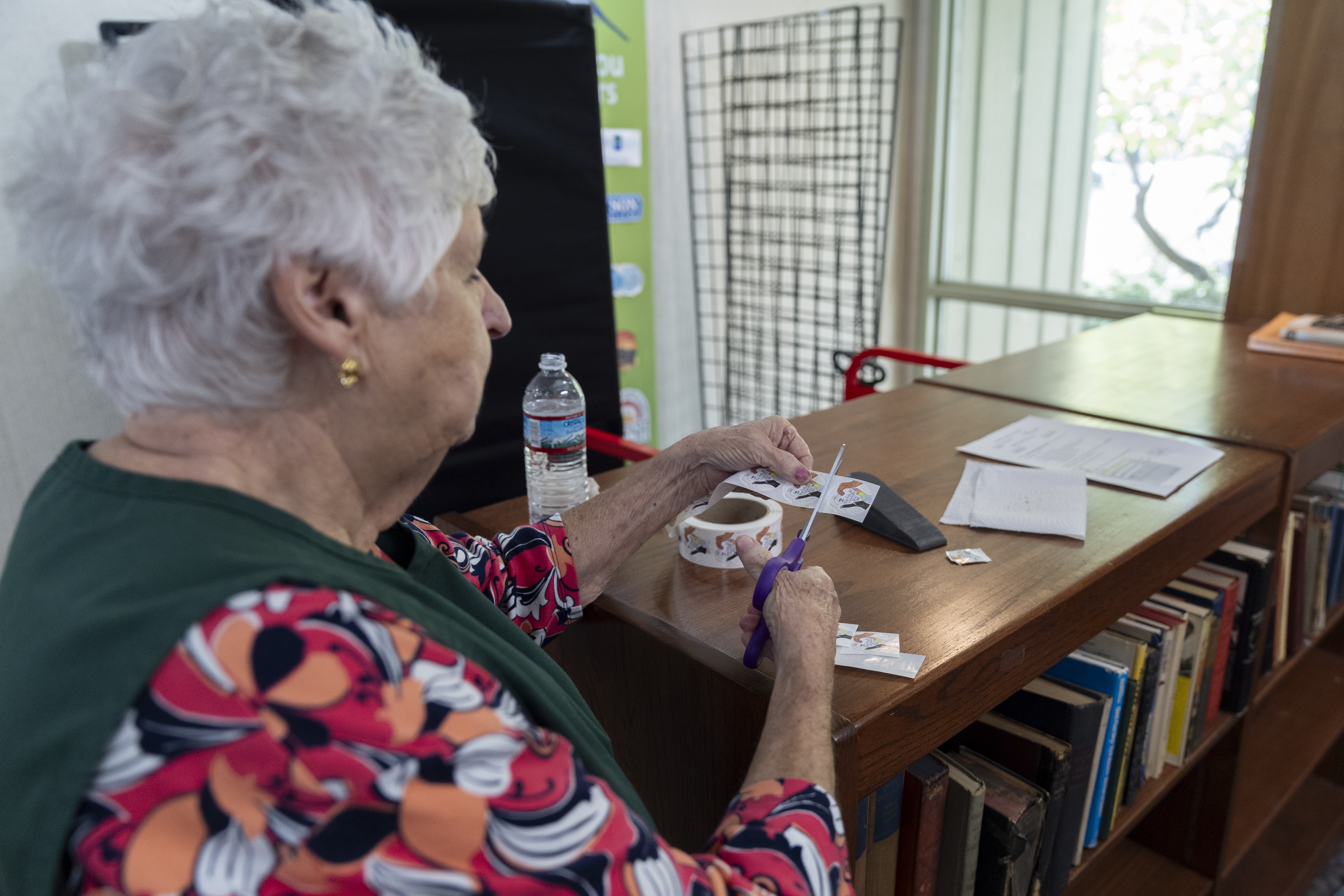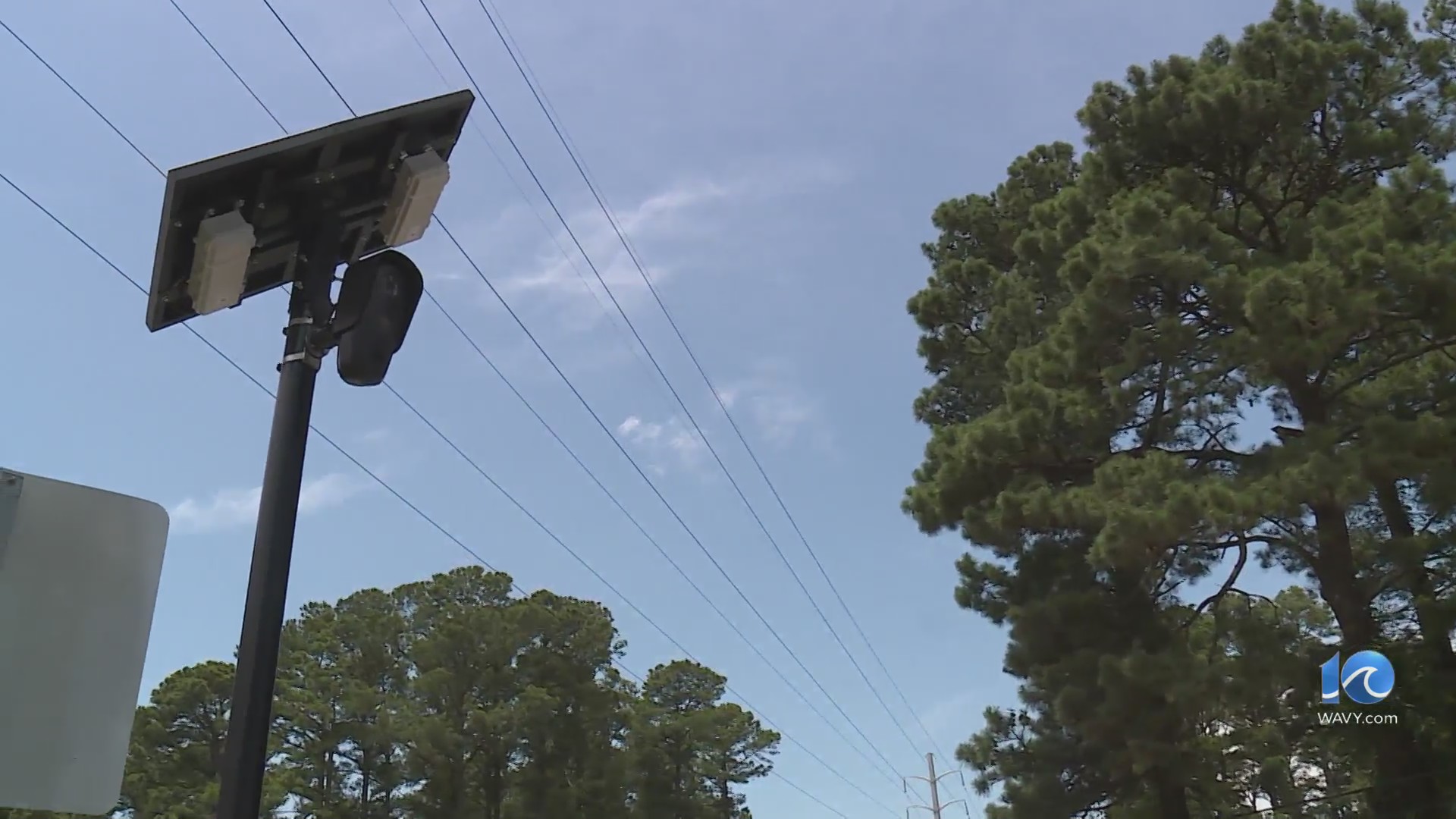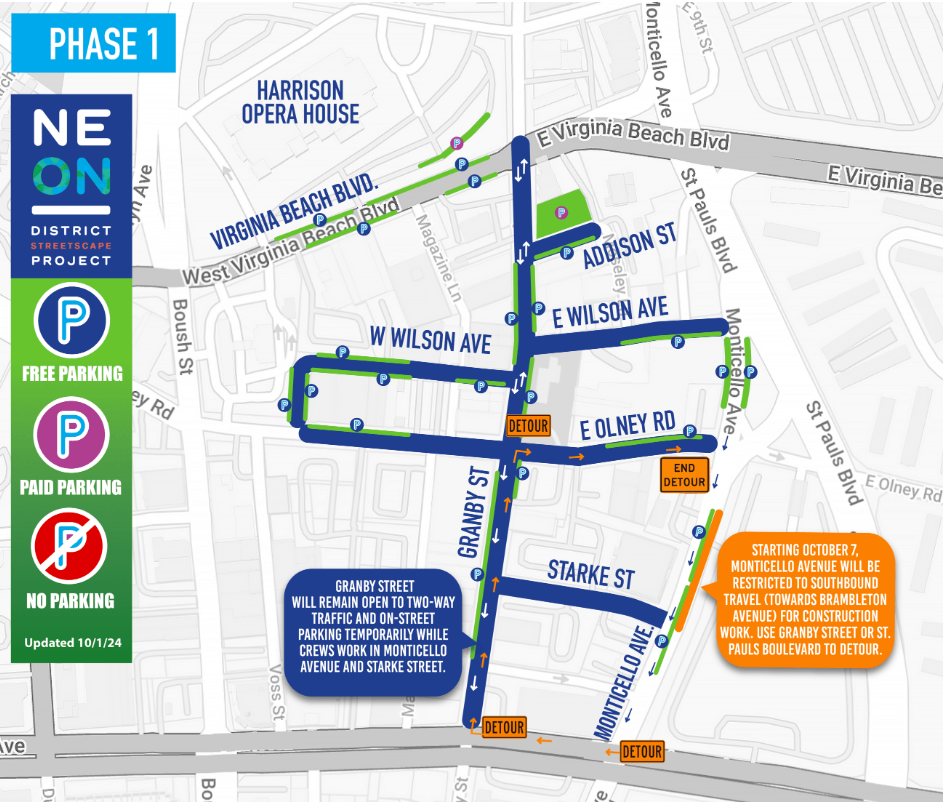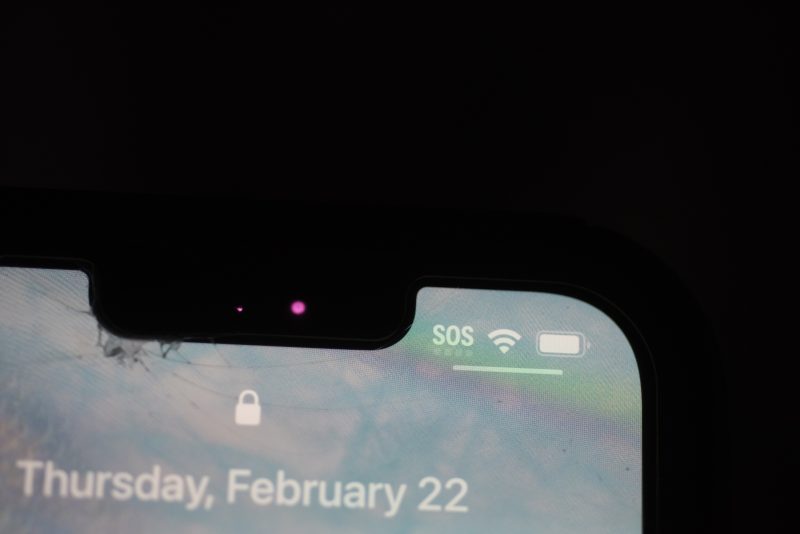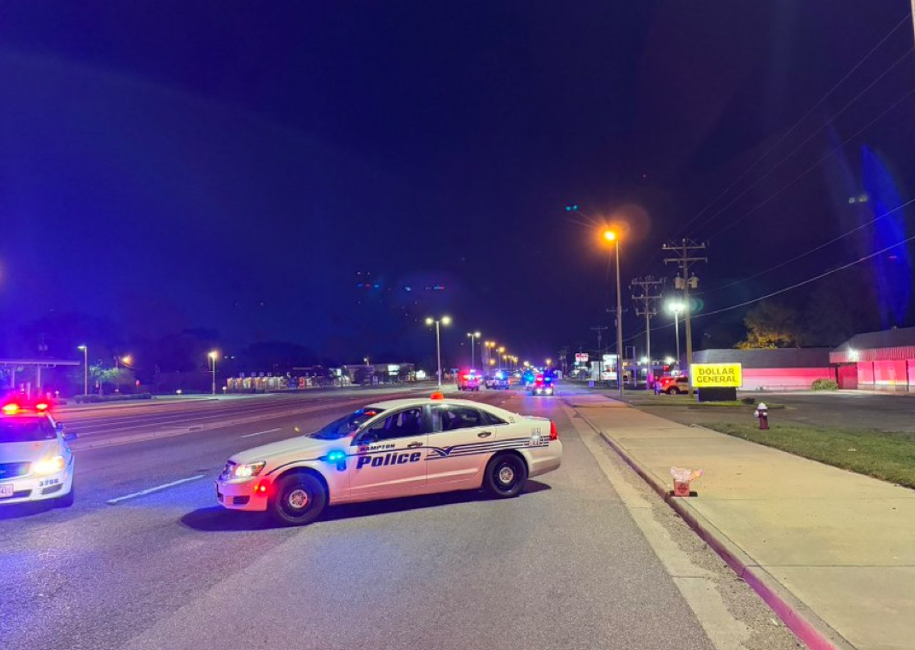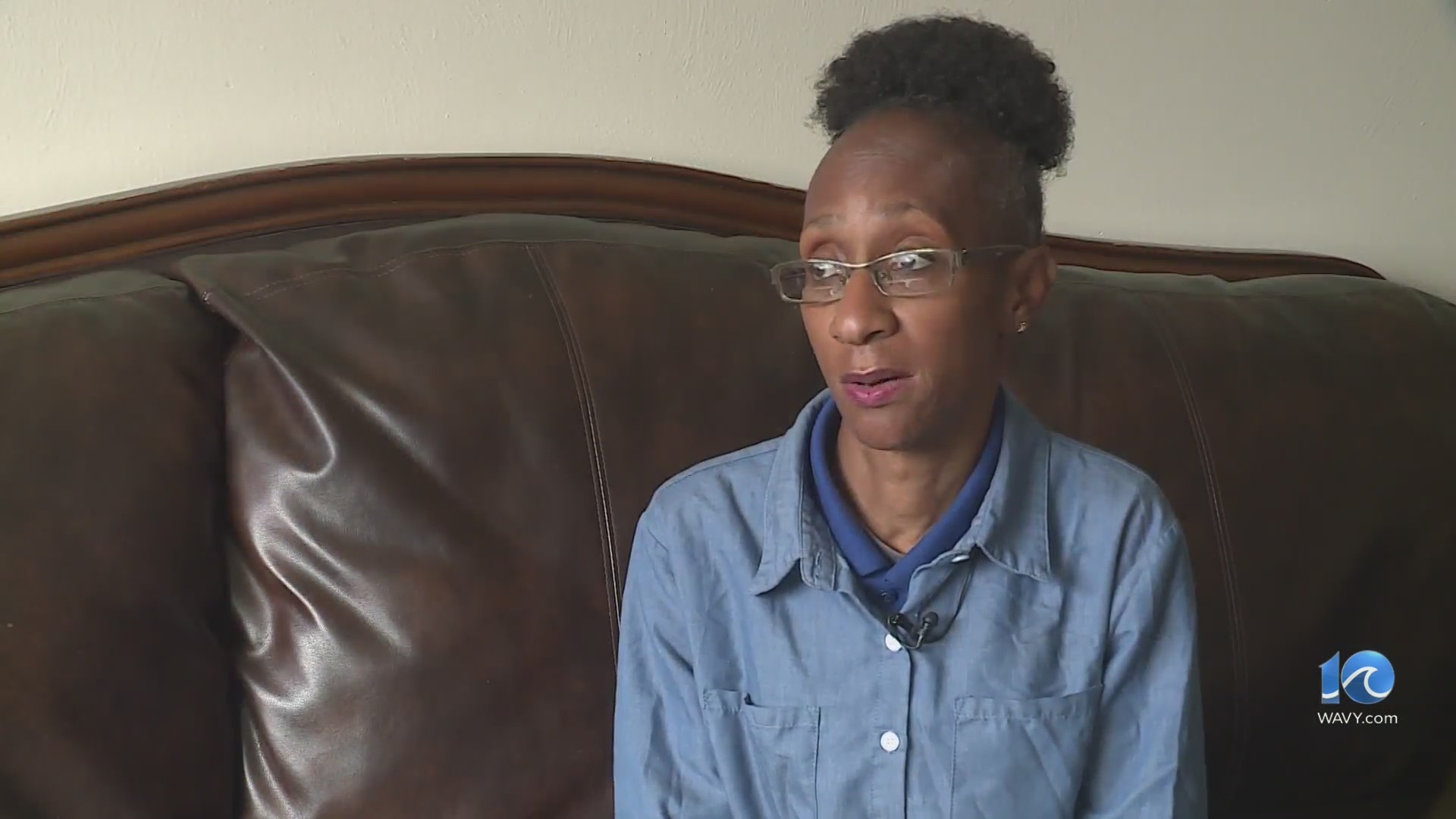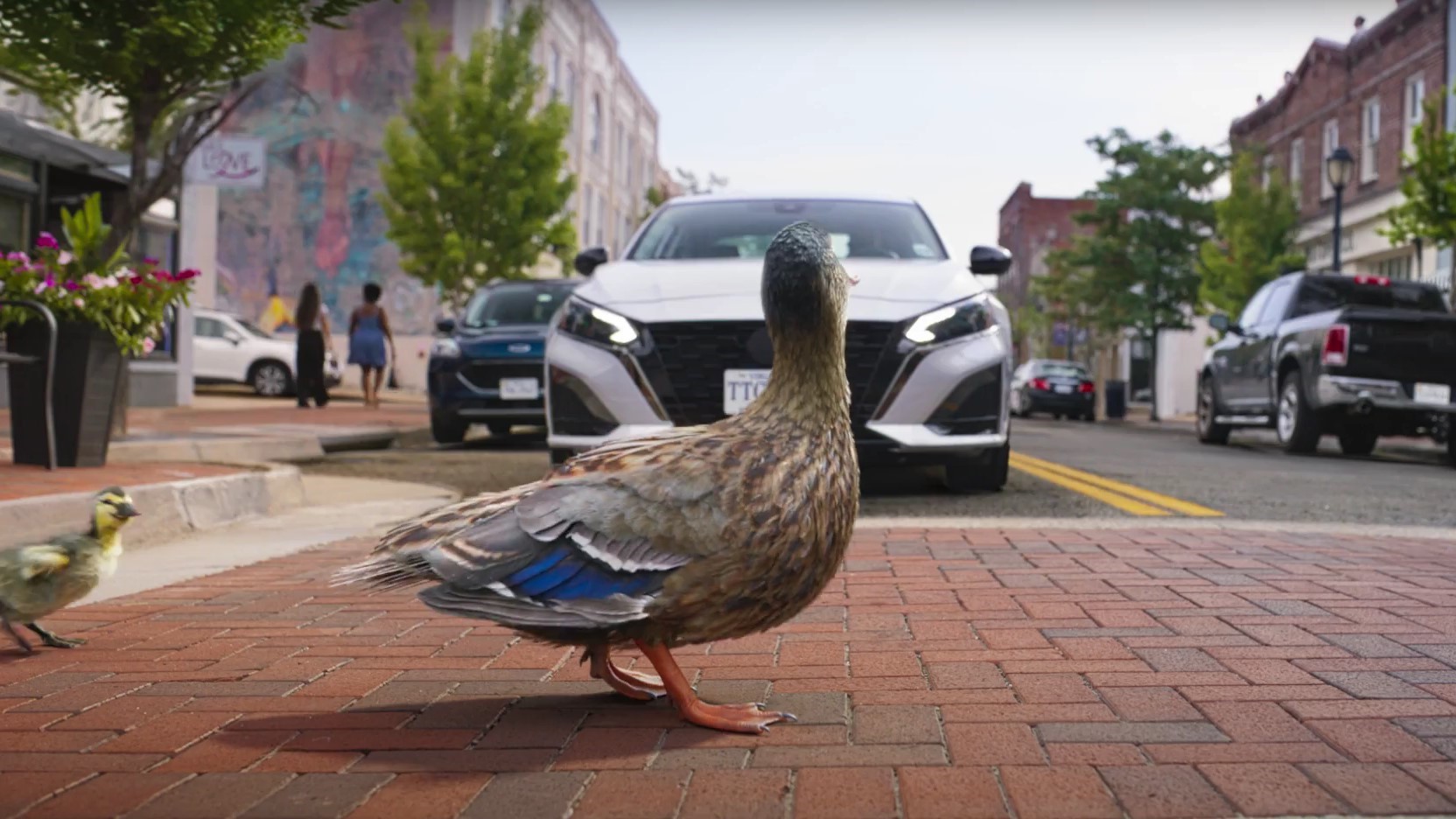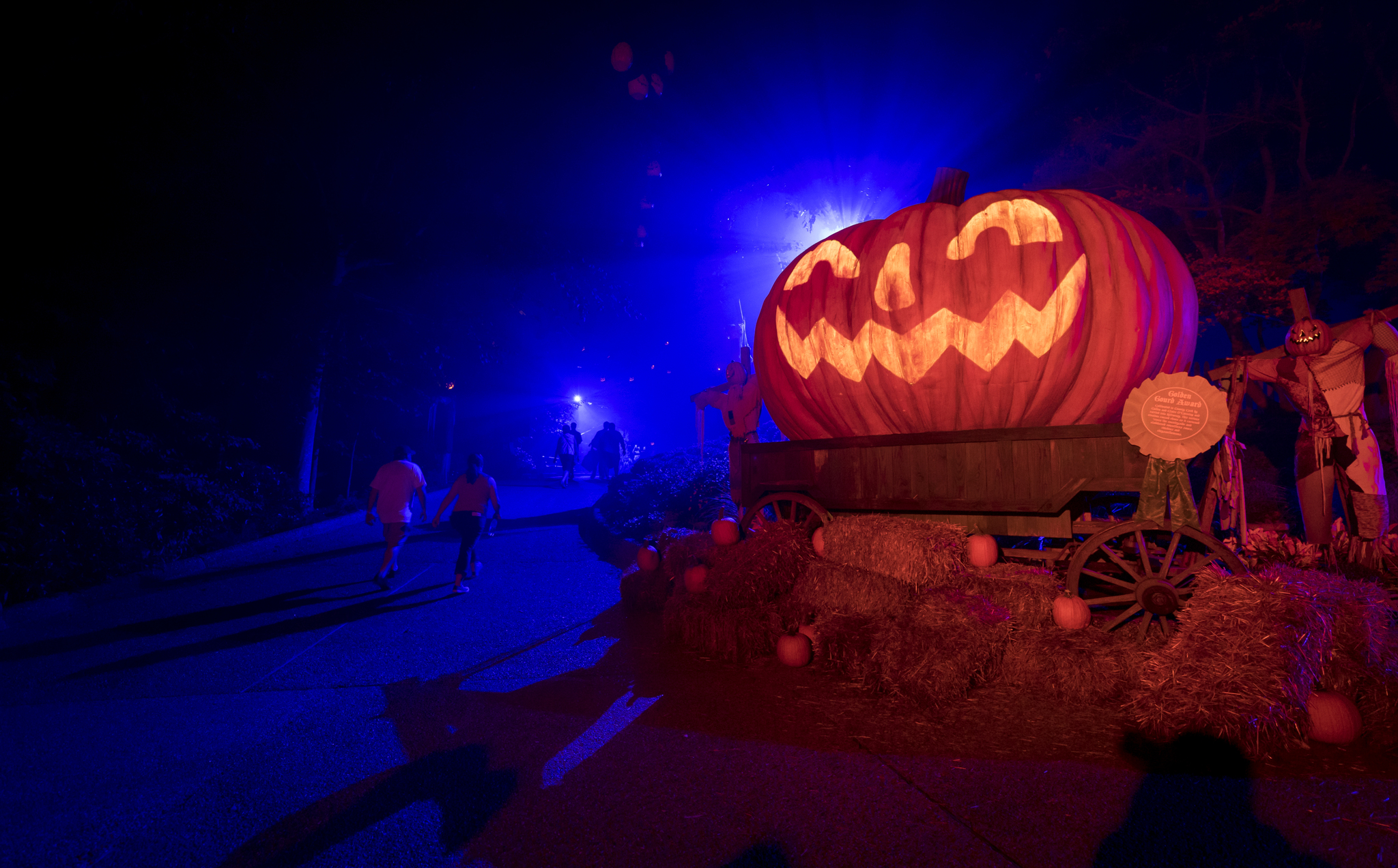CHICAGO (NewsNation) — Throughout the nation, one can spot aging, abandoned churches falling into despair, with some even bearing graffiti inside.
However, on any given day, you could pass by an unassuming building like Soul City Church in Chicago without realizing that hundreds of Gen Z’ers gather there to worship.
What becomes evident is American spirituality isn’t fading away; rather, it’s undergoing a transformation.
YouTubers are also providing virtual tours of these dilapidated, graffiti-covered old churches, offering viewers a glimpse inside.
These churches, once community cornerstone, now have empty pews. However, what might not be immediately evident is the vibrant gathering of young people, often in modest surroundings, uniting to worship.
Pastor Jarrett Stevens of Soul City Church in Chicago is very aware of the dechurching trends, but appears to have found a solution.
“The average age of our church right now is 27. I definitely feel like I’ve aged out of our church,” Stevens said. “What they don’t see is when you create a space for people to have an authentic experience when you give them a voice a seat at the table, they’ll want to not just be involved, they’ll want to shape the church.”
However, the new generation’s church experience is different from that of their parents.
When asked if they prayed daily, only two of the three members of the congregation that NewsNation spoke to raised their hands.
When asked if they’d describe themselves as “religious,” two raised their hands., however, Hannah Gronowski Barnet said she doesn’t relate to the term.
“That probably would differ depending on how you talk about religion,” said “For me, religion is actually not something I relate to at all, the term religion. So, for me, it’s more of I’m actively following God.”
“When I was growing up in a highly religious family, it felt inauthentic because it felt like I was having to compartmentalize myself,” said Kayla Eastman. “Certain parts of me weren’t welcome at church, but other parts were, and the parts of me that struggled with mental health.”
“Many people don’t know this, but many theologians who have studied the lives of these disciples,” Barnet said. “Many people believe they were actually in their late teens or early 20s.”
This particular age group is now at the forefront of a modern movement, and this phenomenon isn’t limited to urban centers like Chicago.
For example, a revival at the University of Kentucky went on for 11 consecutive days, eventually needing to be shut down. A 1,400-person auditorium was packed to capacity after word spread on social media.
Similarly, at Oklahoma University, the “Fill The Stadium” event drew thousands of young participants.
However, for some, their faith exists beyond the confines of a traditional house of worship.
“People often ask what my beliefs are now that I’ve deconstructed,” Donnell McLchlan wrote in a TikTok post. “I currently don’t practice organized religion but I am a religious pluralist.”
McLachlan, the “TikTok theologian,” has amassed a following of 266,000 followers keen on following his journey of “deconstruction” as he reevaluates the beliefs he was raised on.
“I’m not coming across as anti-Christian because I’m not anti-Christian. I’m pro-religion and pro-people hanging onto ideas that ultimately help them grow into better people,” he said.
McLachlan is one example of an influencer who has transformed his relationship with the church.
Recent statistics indicate many Americans are undergoing a process known as “de-churching,” wherein those who used to attend church at least once a month now go less than once a year.
New polling data from Gallup shows nearly half of Americans now identify as religious, while a third say they are spiritual but not religious.
Among the 82% of Americans who do hold some sort of belief system, 47% said they were religious, 33% said they were spiritual but not religious and just 2% identified as both spiritual and religious.
Over the last 25 to 30 years, this shift has led to 40 million people ceasing their regular church attendance.
“It’s the largest shift in religiosity in America over the last 200 years,” said Ryan Burge, an Eastern Illinois State University associate professor of political science. “There’s actually more people (who) left religion than joined religion during the first Great Awakening, the Second Great Awakening, and all of a Billy Graham crusades combined.”
Yet, not every part of America has experienced a decline in religious faith.
Burge, co-author of the book “The Great Dechurching,” notes nearly 80% of Americans still express some level of belief in God.
“I think spirituality is just shifting, I don’t think spirituality will ever die,” McLachlan said.
When asked if he’s hopeful about the future for Gen Z and religion, Burge said: “Look we’re talking about a faith that has prevailed for over 2000 years, I’m not worried about that, I’m worried and concerned about the hands that try to hold on too tightly to it rather than entrusting them to people who are coming up behind them.”




